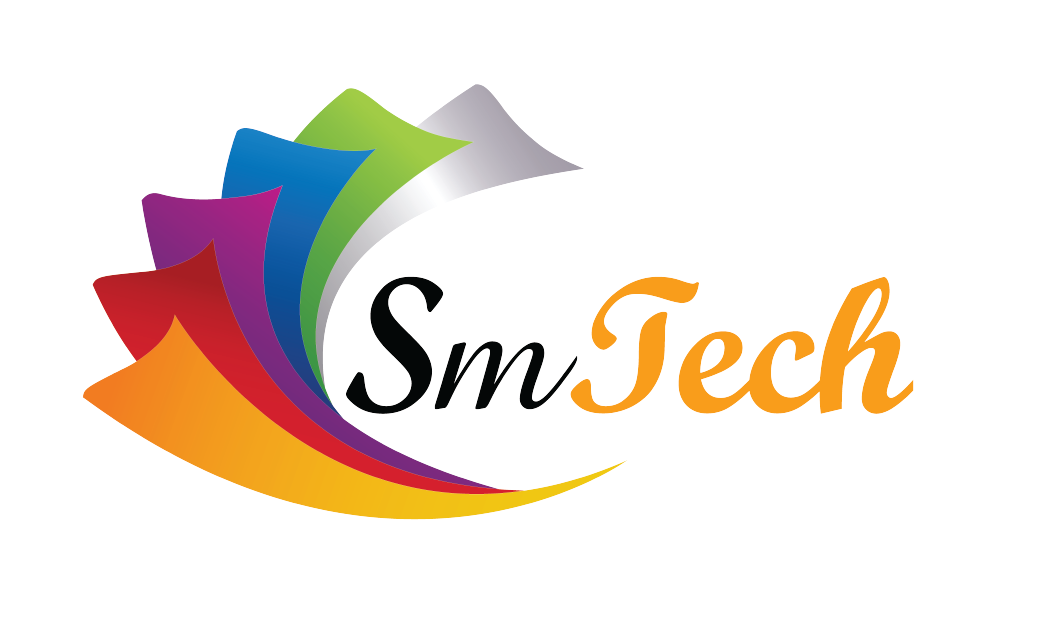How to use CHAT GPT
Chat GPT is an AI-powered chatbot based on the GPT
(Generative Pre-trained Transformer) architecture. It's trained on a large
dataset of text and uses natural language processing and machine learning
algorithms to understand and respond to user queries.
The chatbot is designed to be useful for a wide range of
applications, including providing quick and accurate answers to questions,
assisting with research and problem-solving, and even engaging in casual
conversation. Its ability to generate human-like responses makes it a useful
tool for businesses and individuals looking to streamline customer support,
conduct market research, or engage with online communities.
In terms of its usefulness, Chat GPT has received positive
reviews from users and experts alike. Its ability to understand and respond to
natural language queries makes it a powerful tool for interacting with
computers and accessing information in a more intuitive and conversational way.
Additionally, its machine learning algorithms allow it to improve over time,
becoming more accurate and efficient in its responses.
However, it's important to note that Chat GPT is not a
perfect solution and may not always provide the exact answer or response that a
user is looking for. It's still a relatively new technology, and its
capabilities and limitations are still being explored and refined. Nonetheless,
as a tool for accessing information and engaging with technology in a more
natural and conversational way, Chat GPT has shown significant promise and is likely
to become increasingly useful in the future.
To use Chat GPT, simply start by typing your message or
question in the chat box, and the AI-powered chatbot will respond with a
relevant and helpful answer. You can ask any question related to the knowledge
domain of Chat GPT, which includes a wide range of topics such as science,
technology, history, arts, and more.
Chat GPT uses natural language processing and machine
learning algorithms to understand your query and generate a response. It's
important to note that Chat GPT is a language model trained on a large dataset
of text, so its responses are based on patterns in the data it has learned
from.
It's important to keep in mind that Chat GPT is an
AI-powered chatbot, and while it's designed to provide helpful and accurate
responses, it may not always have the exact answer you're looking for. In such
cases, you may need to rephrase your question or try a different approach to
get the information you need.
As an AI-powered chatbot, Chat GPT is designed to provide
quick and accurate answers to a wide range of questions. Whether you're looking
for information on science, history, technology, or any other topic, Chat GPT
can help you find the answers you need. Here's a brief guide on how to use Chat
GPT:
· Start by typing your question or message in the chat box. You can ask any question related to the knowledge domain of Chat GPT, but it's helpful to be specific and provide as much context as possible.
· Chat GPT to generate a response. The chatbot uses natural language processing and machine learning algorithms to understand your query and provide a relevant and helpful answer.
· If you need more information or clarification, you can ask follow-up questions. Chat GPT is designed to provide conversational responses, so you can have a back-and-forth exchange to get the information you need.
·
Remember that Chat GPT is an AI-powered chatbot,
and its responses are based on patterns in the data it has learned from. While
it's designed to provide accurate and helpful responses, it may not always have
the exact answer you're looking for.
To get the most out of Chat GPT, it's helpful to be specific
in your questions and provide as much context as possible. This will help the
chatbot better understand what you're looking for and provide a more accurate
response. Additionally, using follow-up questions can lead to more detailed and
informative answers.
In conclusion, Chat GPT is a valuable tool for learning,
research, and problem-solving. It's easy to use and can provide quick and
accurate answers to a wide range of questions. Whether you're a student,
researcher, or just curious about the world around you, Chat GPT can help you
find the information you need.
Here are some tips for using Chat GPT effectively:
1. Be specific: Chat GPT works best when you ask
specific questions or provide detailed information about the topic you're
interested in. Avoid vague or general questions that could lead to ambiguous or
irrelevant answers.
2.
Use natural language: Chat GPT is designed to
understand and respond to natural language queries, so use complete sentences
and avoid using jargon or technical terms unless necessary.
3.
Be patient: Chat GPT may take a few moments to
generate a response, especially if it's processing a complex query or accessing
a large dataset. Be patient and wait for the chatbot to provide a response
before asking a follow-up question.
4.
Provide feedback: Chat GPT uses machine learning
algorithms to improve over time, so providing feedback on its responses can
help it learn and become more accurate in its answers.
5.
Try different approaches: If you're not getting
the answer or response you're looking for, try rephrasing your question or
approaching the topic from a different angle. Chat GPT may have a different way
of understanding or approaching the topic that can provide a more useful
answer.
6.
Keep it conversational: Chat GPT is designed to
provide conversational responses, so don't be afraid to ask follow-up questions
or engage in a back-and-forth exchange with the chatbot. This can lead to more
detailed and informative answers.
7.
Use it as a tool: Chat GPT is a powerful tool
for accessing information and engaging with technology in a more natural and
conversational way. However, it's not a replacement for human expertise or
critical thinking, so use it as a tool to supplement your own knowledge and
research.














